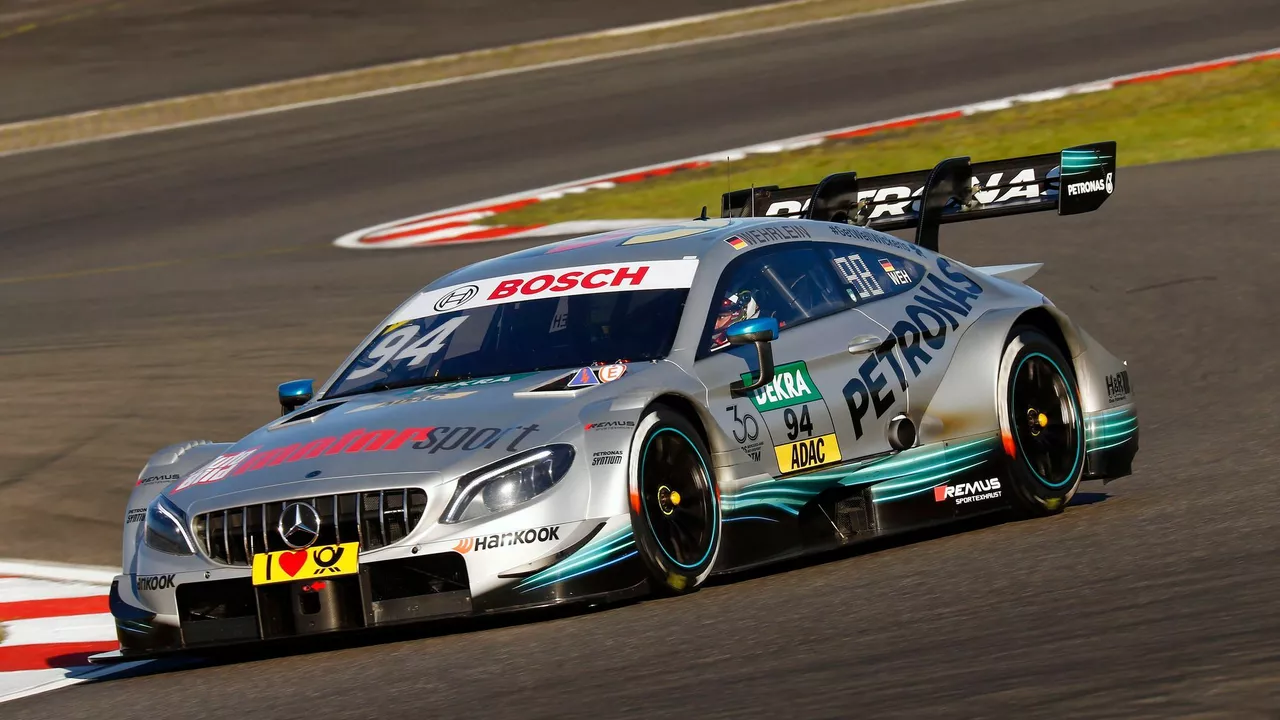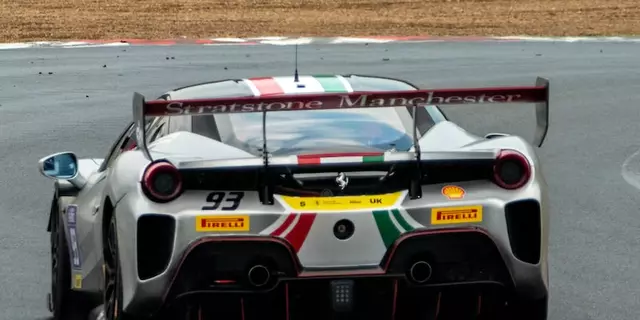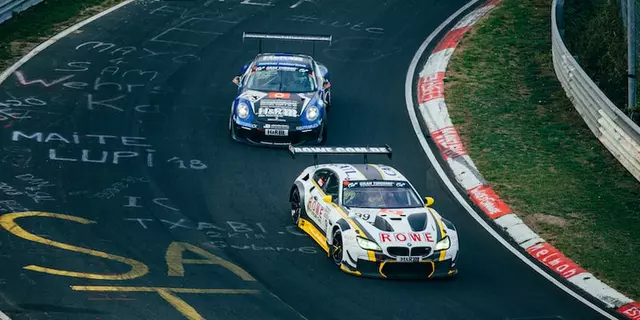Motorsport Decline: What’s Happening and How to Turn It Around
If you’ve noticed fewer crowds at the track or heard people say racing is “gone old school”, you’re not imagining it. Over the last few years the whole motorsport world has been shrinking – fewer ticket buyers, less sponsor money and a dip in TV ratings. The reasons are simple, not mysterious, and they affect every corner of the sport.
Key Factors Behind the Drop
First, the price tag. Running a top‑level team costs hundreds of millions each season and ticket prices have risen to match. For many families a race weekend now feels like a luxury, not a regular outing.
Second, the environment. Young fans care about climate change, and the roar of big engines can feel out of step. With governments pushing strict emissions rules, some series are scrambling to find greener tech, while others risk being left behind.
Third, the rise of esports and streaming. Watching a virtual race on a phone is cheap, fast and offers instant replays. That convenience pulls attention away from the real‑world track, especially among the 18‑30 crowd.
Fourth, safety concerns still linger. While safety has improved dramatically, high‑speed crashes still dominate headlines and can scare potential new fans.
Finally, a lack of fresh talent pathways. Many young drivers struggle to afford the ladder from karting to professional cars, meaning fewer home‑grown stars to rally local fan bases.
What Can Save the Sport?
Making motorsport affordable is a must. Smaller ticket packages, family discounts and day‑pass options can bring back casual visitors who are put off by pricey VIP experiences.
Embracing sustainability will win back eco‑conscious fans. Hybrid power units, bio‑fuels and carbon‑offset programs show that racing can be part of the solution, not the problem.
Digital engagement has to be smarter, not just more streams. Interactive apps, behind‑the‑scenes content and real‑time data for fans at home create a sense of involvement that rivals video‑game experiences.
Investing in grassroots programs keeps the talent pipeline alive. Scholarships, low‑cost junior series and community track days give kids a chance to feel the thrill without breaking the bank.
Safety messaging also matters. Highlighting the technology that protects drivers and showing how quickly the sport reacts to accidents can ease worries and improve the public image.
In short, the decline isn’t inevitable. By lowering costs, going green, using tech wisely and nurturing new talent, motorsport can bounce back and attract a fresh generation of fans. The track is still there – it just needs a smarter plan to fill the seats again.

Is automobile racing a dying sport?
From my perspective, it's debatable whether automobile racing is a dying sport. While it's true that the sport has seen some decline in viewership and attendance, it still retains a dedicated fanbase globally. Environmental concerns and the rise of e-sports are definitely challenges, but they also present opportunities for evolution and growth. So, while the landscape is changing, I wouldn't write the obituary for automobile racing just yet. It's a sport in transition, but not necessarily a dying one.
View More



